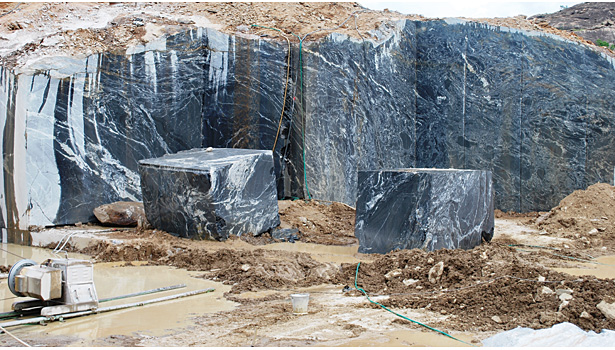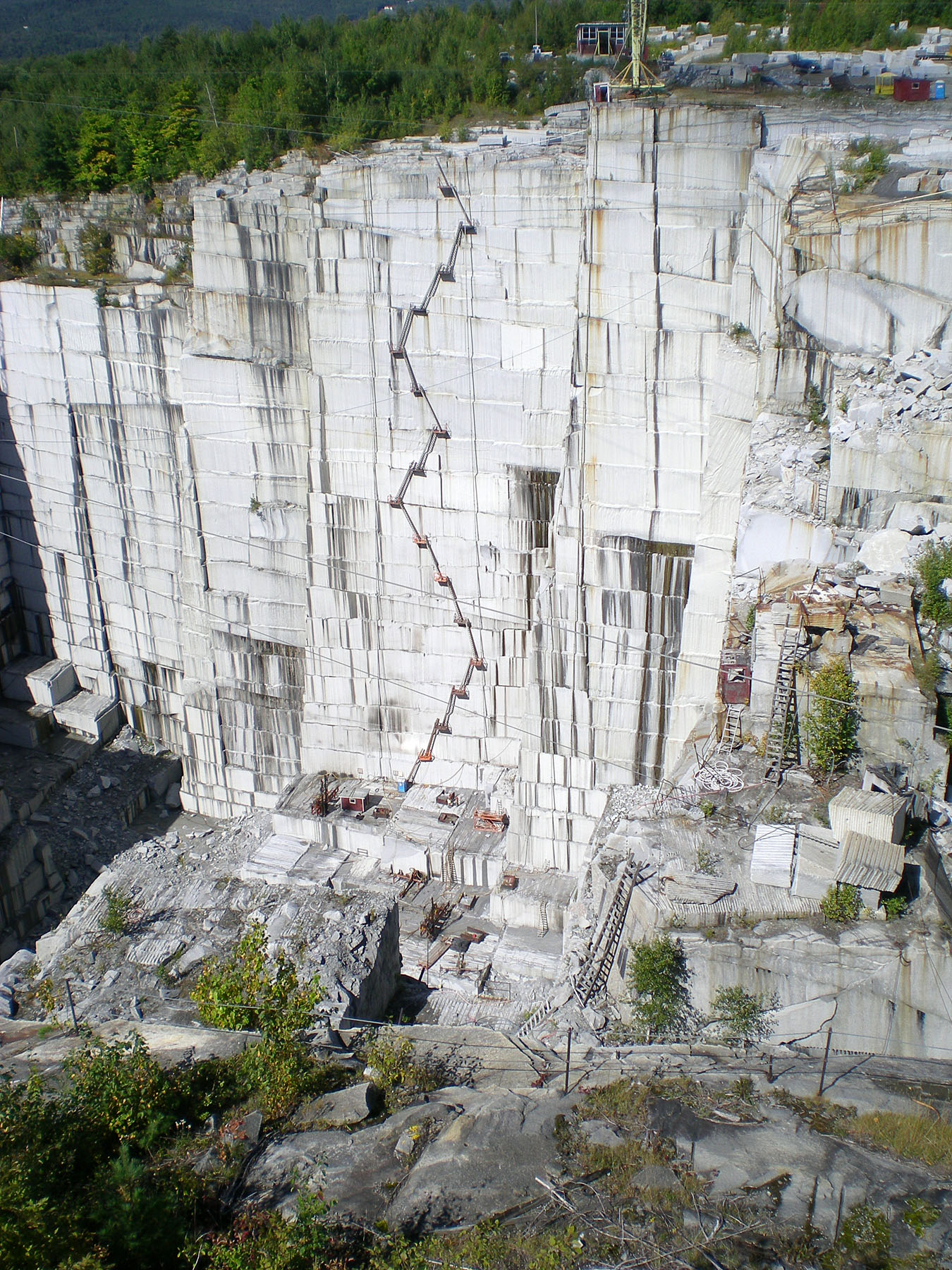Finding the Beauty of Granite Quarry in South Africa Wonders
Finding the Beauty of Granite Quarry in South Africa Wonders
Blog Article
Introducing the Mysteries of Granite Quarrying: Where Strength and Beauty Meet
The globe of granite quarrying is a world where the raw strength of nature converges with human creativity to develop frameworks that stand the examination of time with an air of beauty. From the depths of quarries to the careful sprucing up in workshops, the procedure of transforming granite into architectural marvels is a complicated dancing of practice and innovation. As we peer into the depths of this ancient craft, we begin to discover the concealed details that form the very essence of our built environment.
The Origins of Granite Quarrying
In the annals of architectural history, the origins of granite quarrying are shrouded in a tapestry of ancient craftsmanship and geological marvels. Dating back to ancient Egypt and Mesopotamia, the extraction of granite from quarries marked the start of a trip that would at some point bring about the creation of some of the globe's most legendary frameworks.
Granite quarrying's origins can be mapped to the knowledgeable craftsmens that acknowledged the stone's sturdiness and aesthetic charm. Through a combination of primitive tools and large resolution, these very early quarry workers unearthed granite blocks that would come to be the structure blocks of human beings.
As people progressed, so did the techniques of quarrying granite. The Romans, renowned for their engineering expertise, created sophisticated techniques for extracting granite to construct monoliths, holy places, and roads that stood the examination of time.
The heritage of these ancient quarrying practices remains to form contemporary architecture, with granite continuing to be a sign of strength and elegance in building and construction jobs around the globe. (granite quarries in south africa)
Devices of the Quarrying Trade
The evolution of granite quarrying strategies from ancient civilizations to modern-day times highlights the important role played by the devices of the quarrying profession in forming the industry's practices. In ancient times, quarrying devices were primary, frequently containing blades, hammers, and wedges made from products like bronze or iron. These devices required significant manpower and time to remove granite obstructs from quarries.

Furthermore, the introduction of pneumatic tools and high-powered machinery has considerably decreased the physical labor needed in quarrying operations, check these guys out enhancing worker safety and performance. As the quarrying sector remains to introduce, the tools of the trade remain at the forefront of driving progress and forming the future of granite extraction.
Extracting Blocks of Granite
Utilizing accuracy machinery and progressed methods, the extraction of granite obstructs from quarries has come to be an advanced procedure in the contemporary quarrying sector. Managed blasting methods are then utilized to break apart the granite right into manageable sections.

Sprucing Up and Completing Techniques
To attain a perfect surface on granite blocks, knowledgeable craftsmens employ a series of precise polishing and finishing techniques. After the initial removal and shaping procedures, the granite blocks undertake a detailed polishing stage to improve their all-natural appeal and resilience. One usual technique made use of in polishing granite is ruby abrasion, where industrial rubies are used to grind and brighten the stone to a smooth surface. This procedure not only develops a lustrous surface area but likewise ensures uniformity in shade and texture throughout the granite block.
Along with polishing, completing strategies are put on additional fine-tune the granite's look. These strategies may include flaming, developing, or cleaning, each offering one-of-a-kind textures and finishes to fit various visual choices. Flaming, for example, involves exposing the granite surface to high temperatures to produce a harsh, textured surface, suitable for exterior applications where slip-resistance is essential. Honing, on the other hand, offers a matte surface that is smooth to the touch, ideal for indoor counter tops and floor covering. By very carefully picking and using these brightening and completing methods, artisans can transform raw granite blocks into beautiful pieces that showcase both strength and elegance.

Ecological Influence and Sustainability
With the growing focus on environmental awareness in the industry, granite quarrying methods are significantly inspected for their influence on natural resources and lasting sustainability. Quarrying for granite can have significant ecological effects. The extraction procedure often includes making use of hefty machinery, dynamites, and huge amounts of water, causing environment destruction, soil disintegration, and water air pollution. Additionally, the transportation of granite from quarries to refining centers creates carbon emissions, even more adding to ecological degradation. granite quarries in south africa.
To minimize these influences and ensure sustainability in granite quarrying, industry stakeholders are adopting various steps. Executing sophisticated innovations to minimize energy usage and water usage, reclaiming quarried land for ecological my sources remediation, and promoting responsible sourcing practices are some strategies being employed. Qualifications such as the Woodland Stewardship Council (FSC) and the Leadership in Energy and Environmental Design (LEED) assistance customers identify environmentally friendly granite products.
Conclusion
In final thought, granite quarrying is a process that requires specialized devices and techniques to remove blocks of granite and polish them to a high level of surface. While the environmental impact of quarrying can be significant, initiatives are being made to enhance sustainability practices in the sector. In general, granite quarrying is a fragile equilibrium between using the stamina and style of this all-natural rock while decreasing its effect on the environment.
Report this page